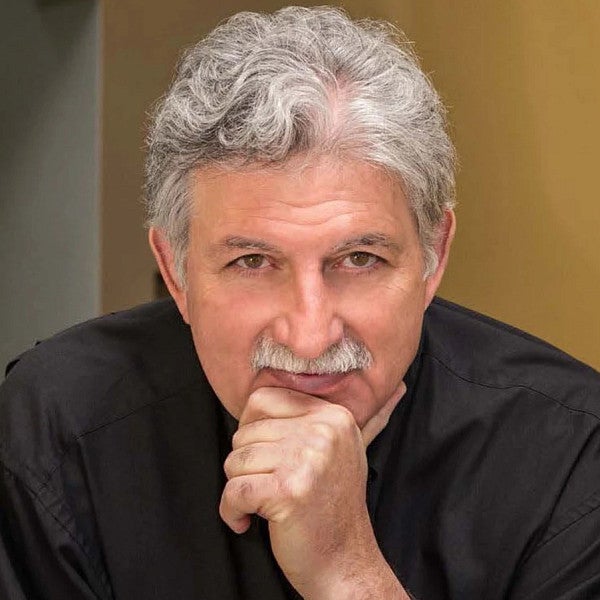
Designing For The Flourishing Of All Species
In May 2019, the United Nations released the Global Assessment Report on Biodiversity and Ecosystem Services warning that human activities will drive nearly one million species to extinction in a few decades. The primary reasons for this are habitat loss and biodiversity demise caused by a changing climate, pollution, non-indigenous species, land clearing, overpopulation, and consumption. The College of Design transpecies design initiative puts design to work in an effort to address the challenges species extinction presents all life on earth.
The College of Design is committed to reversing the ecological harms human activities create for a myriad number of life forms. In response to the rapid loss of species, which currently sits between 1,000 and 10,000 times the natural baseline rate, faculty and students across the college have been working to harness our strengths in environmental and sustainable design to create built environments wherein a variety of species can flourish.
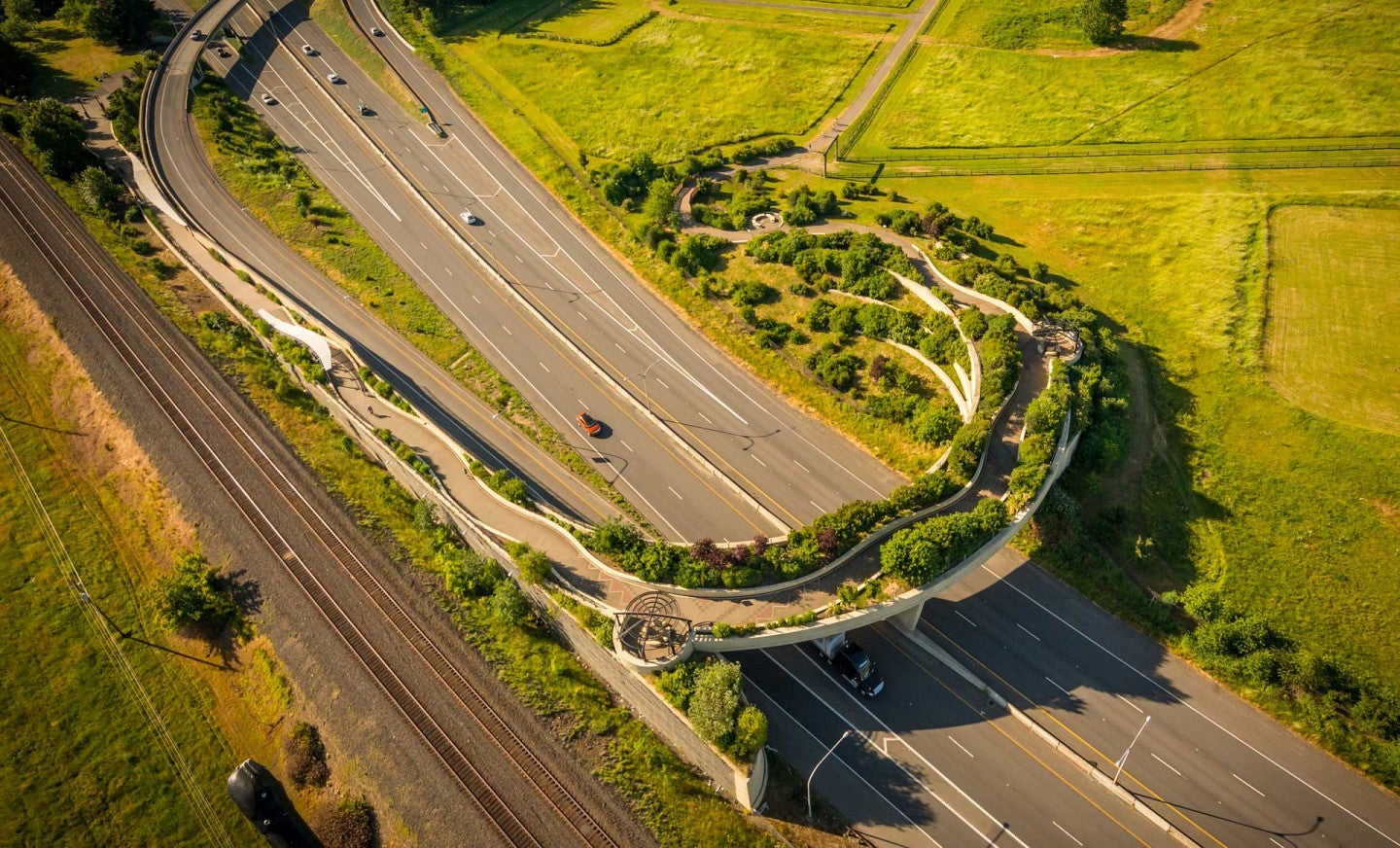
Land Bridge Confluence art landscapes along the Columbia River system, created by Architect Johnpaul Jones, FAIA, BArch '67, with artist Maya Lin, courtesy of Confluence Project.
In the inaugural Bruton Design Intensive students were tasked with designing a new building façade system that could be home to Oregon’s endangered indigenous bumblebees. Product Design students have been studying how to create infrastructure that supports other-than-human species habitats. Meanwhile, faculty from the Institute for Health and the Built Environment conduct research on how microbes proliferate and distribute throughout buildings. Faculty and students working in mass timber construction study how the mass timber industry provides a valuable platform for sustainable forest management and accordingly reduces habitat loss from wildfires. The Department of Landscape Architecture hosted a transpecies design retreat in July 2022 at the Overlook Field School, bringing together renowned scientists, artists, and architects from across the United States to collectively grapple with the challenge species extinction presents the design disciplines. For the 2021-2022 academic year, the Department of the History of Art and Architecture transpecies design lecture series presented a broad spectrum of notable writers, thinkers, and art practitioners, exploring topics such as interspecies communication in art, to exhibitions featuring live animals and taxidermy.
Work from the College of Design transpecies design initiative will be featured in an exhibition and symposium of the same name at the upcoming European Cultural Center’s 2023 Venice Architecture Biennale. The Venice Architecture Biennale attracts approximately 600,000 visitors from all sectors of the design community over the course of six months. The exhibition will run from end of May 2023 through to the beginning of November 2023. In addition, the College of Design and transpecies design was featured on public television on the Viewpoint with Dennis Quaid program.
What is Transpecies Design?
Transpecies design is described by Dean Adrian Parr Zaretsky as "an other-than-anthropocentric
approach to regenerating, restoring, reinvigorating, and replenishing the natural environment.
Rather than presenting the human experience and flourishing as the goal of design, transpecies
design takes the inextricable linkages connecting animals and plants as both the point of
departure and the end goal of design."
As such, transpecies design moves beyond human experience and behavior serving as the
fundamental ingredient for how design decisions are made, and the direction design processes
take. Transpecies design engages the substantive realities of a multiplicity of species as both
design content and form, harnessing the affective capacity of design to maximize deep flourishing.
This reconciliatory design philosophy ensures positive design outcomes in an ever-changing world
by embracing human and nature to create designs for multiple species and ecosystems and continues
to build on the expertise and history of the College of Design.
Transpecies Design + College of Design = A Match Made in History
The University of Oregon's College of Design has always led its contemporaries when it comes to leveraging and building expertise with environmentally-focused design philosophies. With the addition of transpecies design to its curriculum, the college continues to build on its storied history.
Since the college's inception in 1914, the visionary leadership of UO and the college have always strived to deliver dynamic, creative, innovative, and highly-regarded educational outcomes for its students. The College of Design has consistently been at the forefront of addressing climate change, environmental degradation, and social inequities through design thinking and practices through its program offerings in architecture, landscape architecture, interior architecture, historic preservation, product design, sports product design, fine art, art and technology, non-profit management, planning, public affairs, and the history of art and architecture.
Pairing a reconciliatory way of designing with the University of Oregon’s robust Environment Initiative’s goal to work toward a just and livable future, shows the College of Design continues its storied legacy in ecological design to help address global problems created by climate change and environmental degradation. This is accomplished by hiring future-focused faculty who help produce innovative alumni.
Previous faculty members who challenge and engage popular design modalities include lauded individuals such as:
FAIA. Mazria developed the think-tank Architecture 2030 and issued the 2030 Challenge, an initiative to meet incremental carbon reduction goals called for by the global scientific community.

A stalwart presence in the School of Architecture & Environment at the College of Design, Kwok's research areas include adaptive and mitigation strategies for climate change, materials and carbon, thermal comfort, zero net energy strategies, building energy metrics, and more. Pedagogy and curriculum innovation is a pressing interest because of the pressing challenges of the environment and a strong belief that architects can make a difference.
Kevin Van Den Wymelenberg wore many hats at the College of Design including the roles of Associate Dean of Research and Director of the School of Architecture & Environment while he was with the University of Oregon. He founded the Institute for Health in the Built Environment (IHBE) and directed the Biology and the Built Environment Center (BioBE Center) and the Energy Studies in Buildings Laboratory (ESBL) in Portland and Eugene and his work seeks to facilitate integration amongst a broad network of researchers and practitioners on issues concerning health, comfort, and sustainability in the human ecosystem in order to support human, community, and planetary health. He has secured over $15M in funded research on topics of energy and indoor environmental quality for organizations.
FAIA, created the world-renowned, university-based architectural research labs, Energy Studies in Buildings Laboratory, over 40 years at the UO. Additionally, Brown helped found what is now the Society of Building Science Educators. In 1985, he provided the foundation for modern passive design principles with his book, Sun, Wind, and Light: Architectural Design Strategies.
Carla Bengtson is an emeritus art professor who has lectured on environmental thought at international environmental philosophy conferences and biodiversity conservation conferences in the US, Canada, and South America. Her site-responsive projects, situated in wild, domestic, and liminal spaces, create possible/impossible situations in which to attempt interspecies communication. She has received numerous awards, including a Hallie Ford Foundation residency award, an Oregon Arts Commission grant, and an NEA Individual Grant for Artists. She has participated in multiple residencies, including Mass Moca, Djerassi, Ucross, a Signal Fire Outpost residency at the US/Mexico border, and thirteen residencies at the Tiputini Biodiversity Research Station in the Ecuadorian Amazon.
FAIA, established the Reynolds Symposium and co-authored four editions of Mechanical and Electrical Equipment for Buildings, now the most widely used text on the design of environmental control systems for buildings that is used in many schools of architecture and for the architecture licensing exam.
One of the primary instructors at the inaugural Bruton Design Intensive, a weeklong summer course where students were tasked with designing a new building façade system that could be home to Oregon’s endangered indigenous bumblebees Mitch is the Co-Founder of Terreform ONE and Associate Professor of Practice at NYU. Mitchell upholds noteworthy leadership roles as a University Senator and Co-Chair of Global Design NYU. He has won many awards including Fulbright Scholarship, LafargeHolcim Acknowledgement Prize, Ove Arup Foundation Grant, and many more! He is a TED Senior Fellow and has been awarded fellowships with Safdie Architects, and the Martin Society for Sustainability at MIT.

To see stories of 100 of some the College of Design's most influential, innovative, groundbreaking alum, click the button below.
College of Design comes to Venice in 2023
The European Cultural Centre (ECC) Venice Biennale is an international exhibition that features contemporary art, architecture, and design exhibits to generate cultural exchanges and awareness about the serious challenges faced by all. In 2023, the College of Design will feature transpecies design exhibition, featuring work from students and faculty, curated by Dean Adrian Parr Zaretsky, and the transpecies design symposium.
“The idea of curating an exhibition on transpecies design is informed by my thinking around transenvironmental politics, which is featured in my forthcoming book, Earthlings. In it, I argue for the importance of transpeciesist, transgenerational, and transnational practices and thinking. Transpecies design builds upon and deepens the UO and College’s incredible legacy in environmental design innovation and experimentation. Transpecies design focuses on how design and the built environment can facilitate the mutual flourishing of all species, not just the wellbeing of homo sapiens. I am excited to showcase the incredible talent across the College of Design on an international stage.”
-Adrian Parr Zaretsky
The college exhibit team features Landscape Architecture Associate Professor Liska Chan as exhibit coordinator, Interior Architecture Department Head and Associate Professor Kyuho Ahn, Interior Architecture Associate Professor Corey Olsen, Architecture Department Head and Associate Professor Michael Zaretsky, Product Design graduate (class of '22) Morgen Olsen, BArch Senior Yash Akhouri, and Product Design Junior Trent all as exhibit development. Trent and Yash are both current design interns in the College of Design working under Dean Adrian Parr. While working under the dean as design interns, Morgen, Trent, and Yash all bring an important student perspective to the development of the exhibit.
"I am beyond excited about the College of Design’s student involvement in the 2023 ECC Venice Biennale. It has granted both myself and my peers a unique opportunity to work closely with each other in hopes of representing our school at such a grand international exhibit," explained Olsen. "The school’s involvement with the Biennale has allowed students to practice the particulars of designing, preparing, and showcasing one's work at a professional level, and will allow for a chance to be represented at such a celebrated event. When I was a senior of the Product Design program, I was beyond grateful for the internship opportunity to work with Dean Parr and her team in exhibition display design. I have learned so much along the way, and look forward to everything coming together next winter."
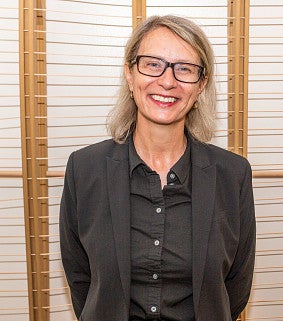

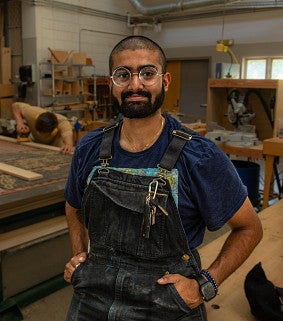

Morgen (middle left) was the dean's original design intern and helped lay the groundwork for the next group, Yash (middle right) and Trent (right), to help the dean (left) with the upcoming Biennale exhibit.

Earthlings
The latest text from Dean Adrian Parr Zaretsky builds on her transpecies design expertise with a meditative new book called Earthlings. The text calls on the reader to understand the relationship humans have with the natural world, asking for recognition of the interdependent relationship humans have with other species and systems that make up life on Earth.
The wonder and beauty of life are explored with deep feeling, vivid detail, and an activist spirit. Throughout the book, the reader is invited to travel among the trees of the Amazonian rainforest, take flight with birds and butterflies migrating through the skies, and plunge into the oceans with whales and polar bears—as well as encounter bodies infected with deadly viruses and maimed by the violence of global capitalism.
Combining poetic observation with philosophical contemplation and scientific evidence, Parr offers a moving vision of a world in upheaval and a potent manifesto for survival.

"A powerful new lens through which to examine our glorious and battered planet."

"In a narrative style that combines analytical rigour with lyrical empathy and proximity to her subject-matter, Adrian Parr designs a stunning pattern of interaction across entities, elements, ethnicities, generations and species without amalgamating them or flattening their differences. Poetic and speculative, engaged and concerned, but also polemical and investigative, this book is an ode to the affirmative force of relations and processes of becoming, and to the transformative force of the imagination. She emphasizes the joyful aspects of the interdependence of all living things and shows how they are steered by a constant energy exchange with one another. Parr's eco-ontology takes the shape of a trans-environmentalist journey, that challenges anthropocentrism, while appealing to what is best in humans, namely our shared concern for the future of our—and several trillion other—planetary species."

"This highly original contribution on the impending climate catastrophe in the age of the Anthropocene is nothing short of a new bio-ecological philosophy for life. It confronts head-on the need for a new ethics for cohabitation with other life forms on this planet. In doing so, it asks profound questions on the basis of what it means to be human in the twenty-first century."
Transpecies Design Creations
Student Work
Product Design, Winter '22








Interior Architecture, Winter '22






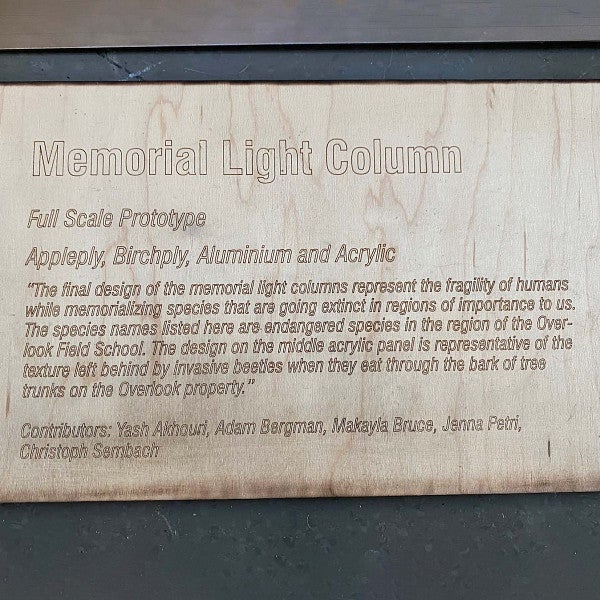

Faculty Work
Mary Polites, CFAR, Winter '22







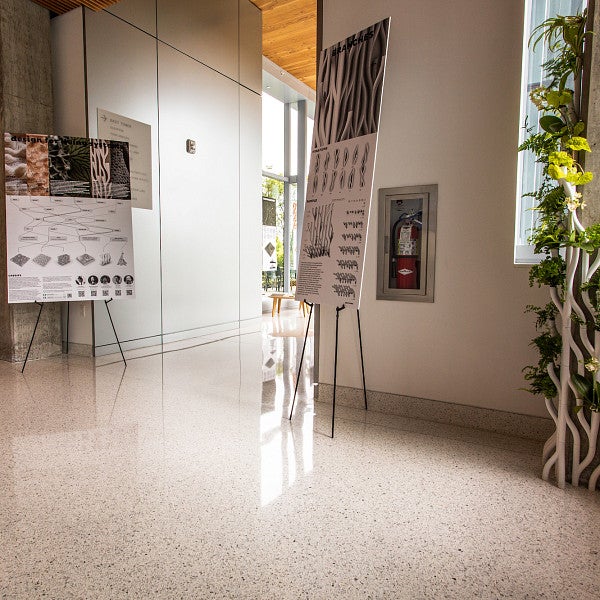
Transpecies Design in Practice





